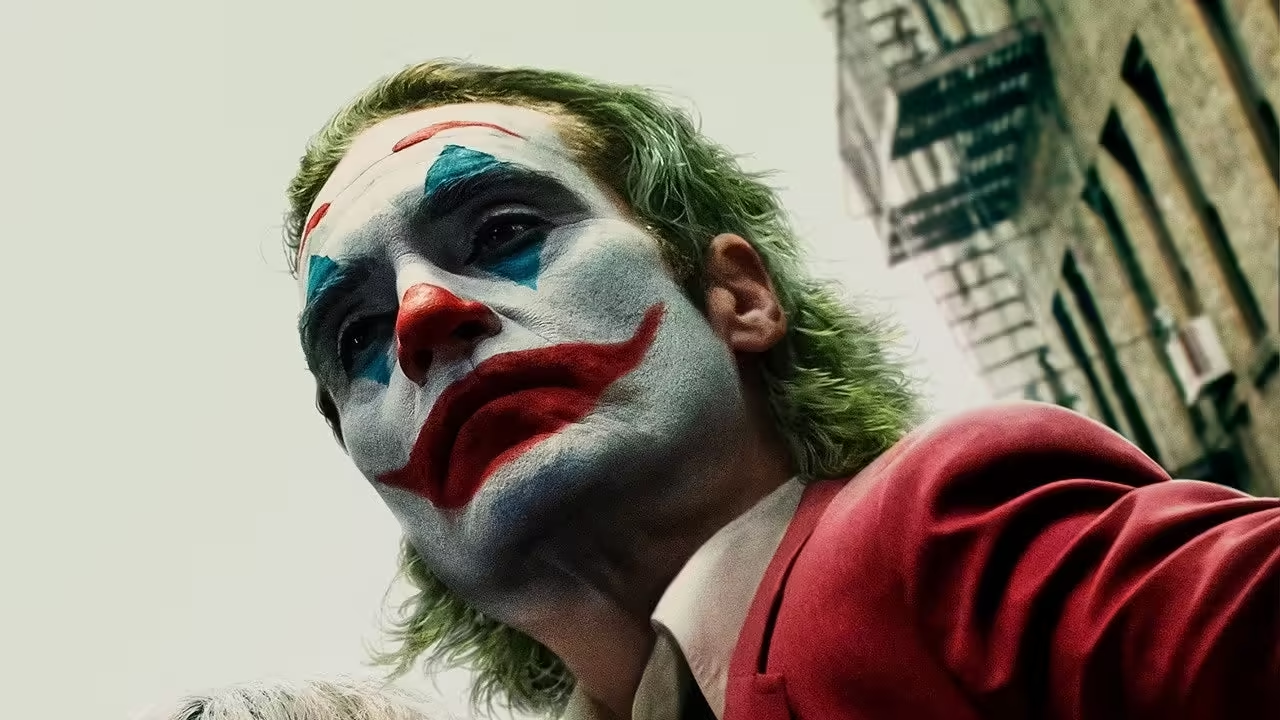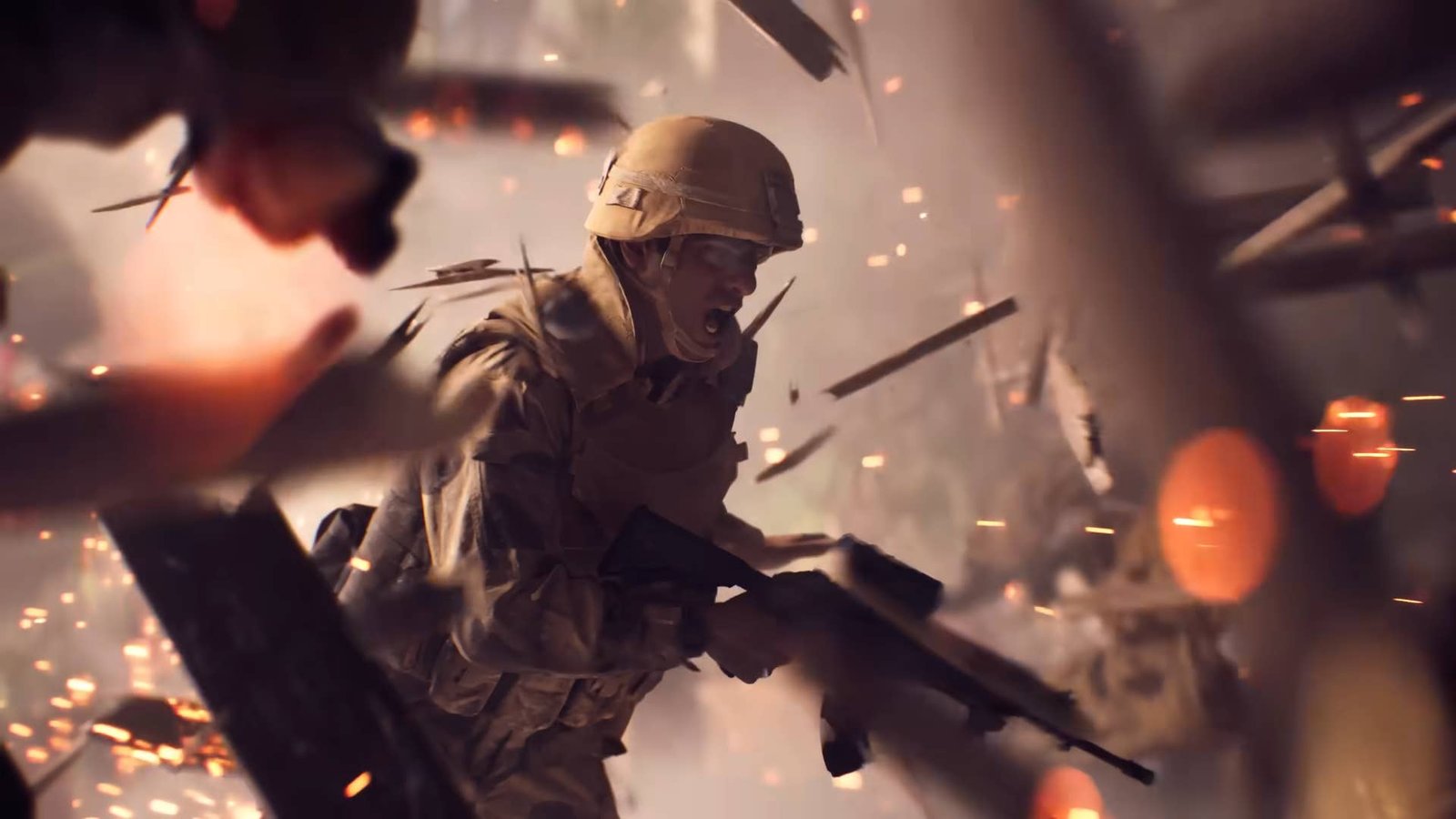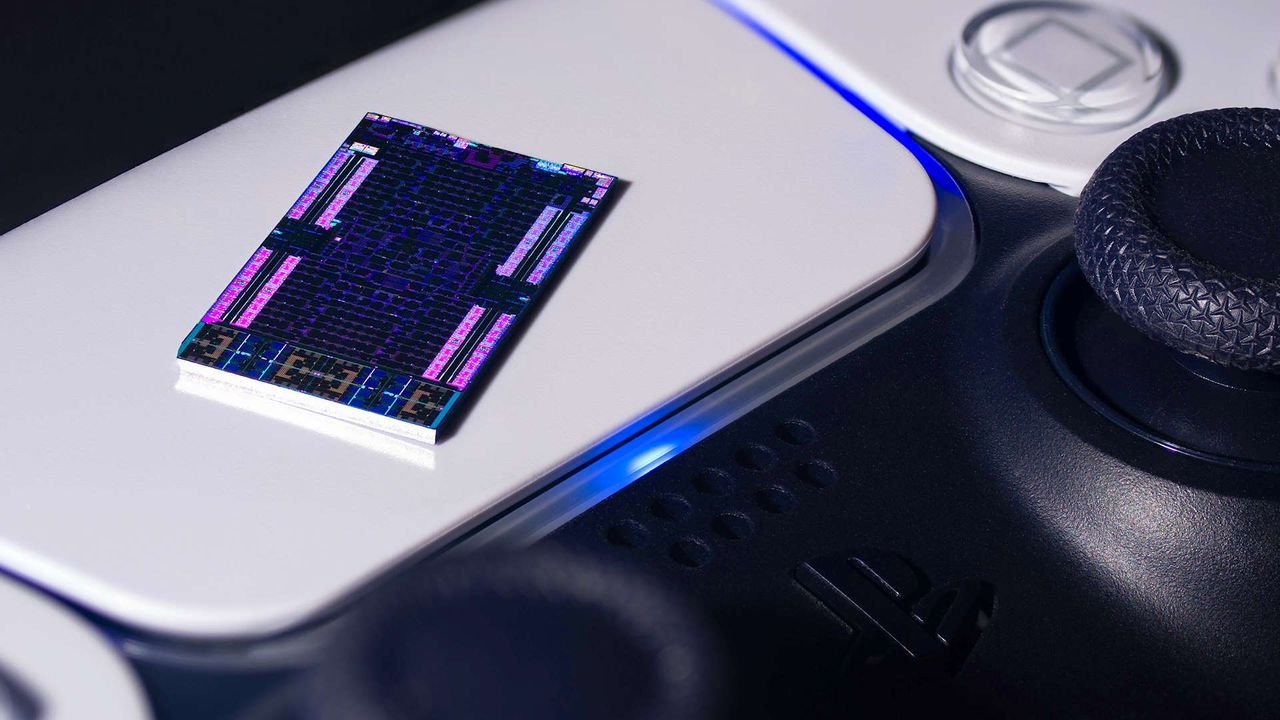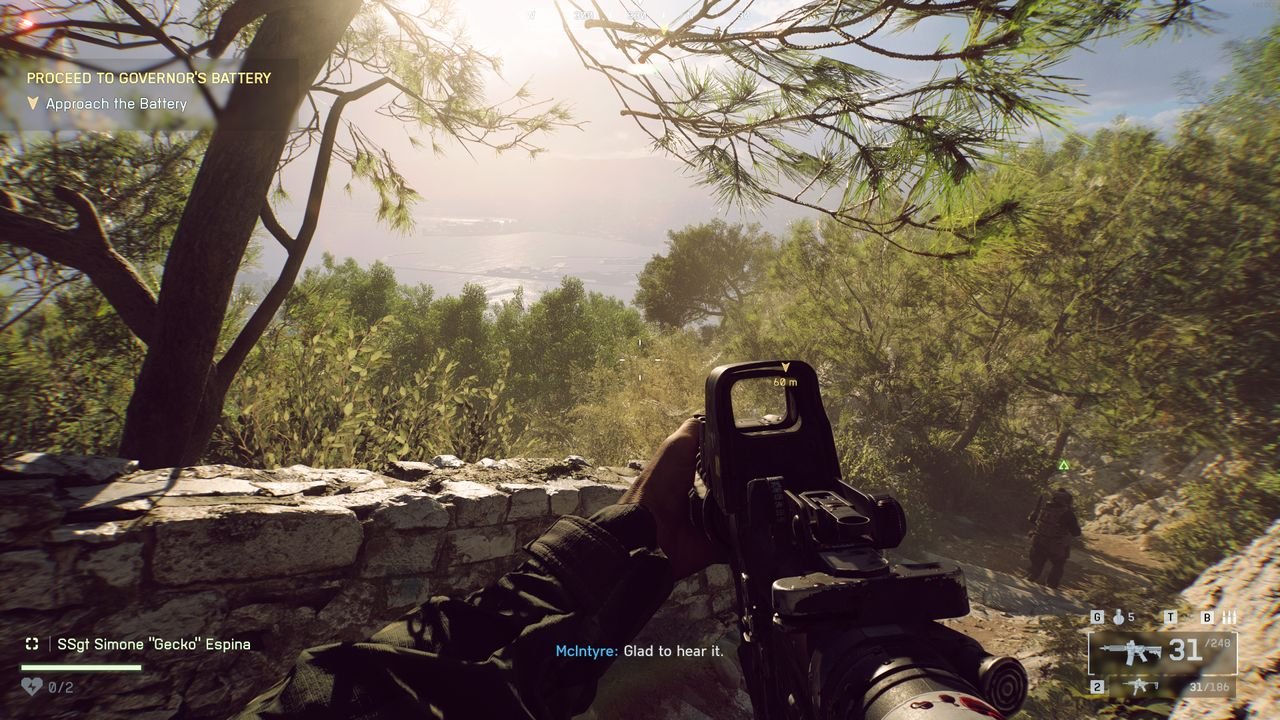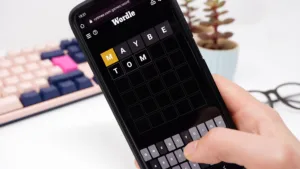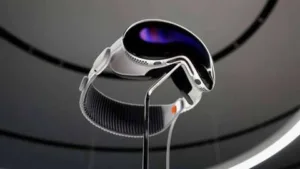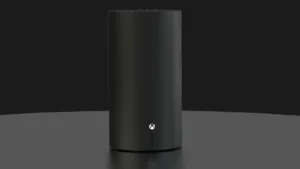Joker: Folie à Deux Filmmakers Explain Harvey Dent, Respecting the Comics, and Answering the First Movie’s Questions
Joker: Folie à Deux takes place roughly two years after the events of the 2019 original film and finds Arthur Fleck (Joaquin Phoenix, reprising his Oscar-winning title role) being held to account for the crimes he committed. While in Arkham State Hospital awaiting trial, Arthur meets fellow inmate Harleen “Lee” Quinzel (Lady Gaga). A mad love quickly blossoms between them – one that can be best expressed through song – even as Arthur struggles to reckon with his dual identity.
In the week before the world premiere of Joker: Folie à Deux at the Venice Film Festival — read our review here — director Todd Phillips and screenwriter Scott Silver spoke to select press outlets, including IGN, about the highly anticipated sequel to their DC blockbuster. This spoiler-free interview has been edited for clarity and brevity.
The genesis of Joker: Folie à Deux
Todd Phillips, Director, Joker: Folie à Deux: I don’t know if you ever looked at my Instagram, but I actually remember I posted a picture from the last day of the first Joker many years ago, and Joaquin was hugging me with tears in his eyes. And that’s not normal for the end of a movie, and that’s not because he wasn’t going to see me again. That was really because we kind of fell in love with Arthur and we thought there was more to tell in Arthur’s journey.
Joaquin jokingly was like, “We could have shot for three more months,” on the first movie I’m talking about. And I felt the same way. Again, normally I’m like, “Get me the fuck out of here, get me to the editing room and let’s go figure out what this is.” But on Joker 1, we just loved Arthur, and I know Joaquin did as well.
Joaquin and I really started talking about a sequel probably on day 30 of the 55-day shoot on the first film, and half of it was joking and half of it wasn’t. And we would just kind of do it to make each other laugh and say, “Well, what if we did this? What if we did that?” And then, of course, the movie came out. The movie was sort of embraced by people, and people loved Arthur as much as Joaquin and I loved Arthur.
One of the fun things [about Joker: Folie à Deux] I think for audiences is that it answers a lot of questions. A lot of people say to me, “What was real, what wasn’t? He had a lot of fantasies in the first movie.” This movie really finds Arthur answers everything as far as, well, that movie really happened. All that stuff really happened. He really killed Murray Franklin, Robert De Niro. He really killed those kids on the subway. And here he is, ready to face the music, for lack of a better word, and sort of pay for the crimes that he committed. So it’s a very logical two years later in movie world where we find Arthur.
Scott Silver, Co-Writer, Joker: Folie à Deux: That was a challenge when we were writing. Where do we pick him up two years later? Where is he at? Where is that confidence [he had by the end of the first film]? When we meet him [in the sequel], he’s not at the height, but yet he’s not going to go back to the Arthur that we saw originally.
Todd Phillips: It’s Arthur who’s lived through the first movie, so he can’t be the same guy. But he’s become this unintentional icon in Gotham to a certain subset of people, to other people he’s this horrible villain.
Scott Silver: The movie very much takes place, as you’ll see in the beginning, in Arkham and in there that is sort of that question, where is he? What is his standing in that place and what is his meaning to the people around him?
Getting Joaquin Phoenix, who’s never made a sequel, to make a sequel
Todd Phillips: There was no way Joaquin was going to do anything with the number two after it, even if you say “à Deux,” unless it was an entirely different and risky [thing] and sort of swinging for the fences. So that kind of led the charge. I mean, we weren’t going to go and just write an expected sequel. Oh, that guy who’s standing on the cop car is now running a crime syndicate in Gotham. Not only would I not really necessarily have that interest, but there’s no way Joaquin’s making that movie because he knows that wasn’t really Arthur Fleck, the Arthur Fleck that we all created.
He literally said to me, “I’m not going to do this unless I’m as scared as I was on the first one.” He was petrified on the first movie the way you want an actor to be…We kind of wrote a script that would sort of give him that feeling.
He didn’t want to let Arthur go. He goes, “We should do this on Broadway or something.” He had this vision, and again, 50 to 80% of it was us just fucking around joking. And that’s sort of the creative process. And then I’ll call Scott and go, “What do you think about that?” And we just bounce around ideas. That’s just sort of how everybody works. But I didn’t think it was as big a departure as I believe the internet felt when they heard there’s music involved. Because to me, the music was a really driving factor in the first film. … The first thing I ever said to Joaquin when we started talking about Arthur was that, “Yes, he’s left-footed. Yes, he’s out of step with the world, but there’s a music in him.”
How they filmed the musical numbers in Joker: Folie à Deux
Todd Phillips: My experience is (Phoenix) needs to have the freedom to not think anything is set in stone. And that goes even down to the music, which really Lady Gaga had to kind of relearn how she does music. Because what Joaquin wanted to do was every take different, he even wanted to do the singing different. Well, how do you do that? Because you have to pre-record the music and you have to da da da. Obviously, they’re going to sing live. We don’t hire Lady Gaga to not sing live. Joaquin will do anything. So he wants to sing live too.
But then what do you do with the actual arrangement of the song? So what we discovered was, well, we’ll just have a pianist live on set in a soundproof booth and let Joaquin or Gaga lead the way, and that pianist will find that. And then it’s up to us in editing to kind of backwards engineer the arrangement to fit.
He still had the freedom to improvise or give a different performance between take one and take three because the music followed him, it didn’t lead him. … It was really a different way to do it, and it was a headache in editing, but it enabled them both to just do whatever the fuck they wanted.
Why future Two-Face Harvey Dent is in the Joker Sequel
Todd Phillips: We respect the comics. We get the comics. In Harley’s case, we watched the animated series. Of course, Margot Robbie is Harley Quinn. But when we run things through this film — Harvey Dent is a perfect example. It’s actually a simpler way of talking about what we did with Harley, which was really just put the real-world lens on it, and not that other movies didn’t, but just run it through our Gotham. And so really, the Harvey Dent you meet in here [played by Harry Lawtey] is not a huge part, but if you’re going to have a trial, why wouldn’t you have the Assistant DA prosecuting Arthur Fleck be Harvey Dent? But it’s not about his – we don’t really reveal his dark side. We see a young Harvey Dent.
Were DC Studios’ James Gunn and Peter Safran involved with Joker: Folie à Deux?
Todd Phillips: With all due respect to them, this is kind of a Warner Bros. movie, and that’s them also wanting it to be like, okay, Todd did his thing. Let Todd continue to do his thing. So no.
Scott Silver: And we had started before they even came on board.
Todd Phillips: We were, I think, greenlit before. So while they have seen cuts of the movie, it’s not like DC proper, even though it’ll say DC after.
Scott Silver: Yeah. No. They had nothing to do with the movie.
Joker: Folie à Deux opens in theaters October 4th.
